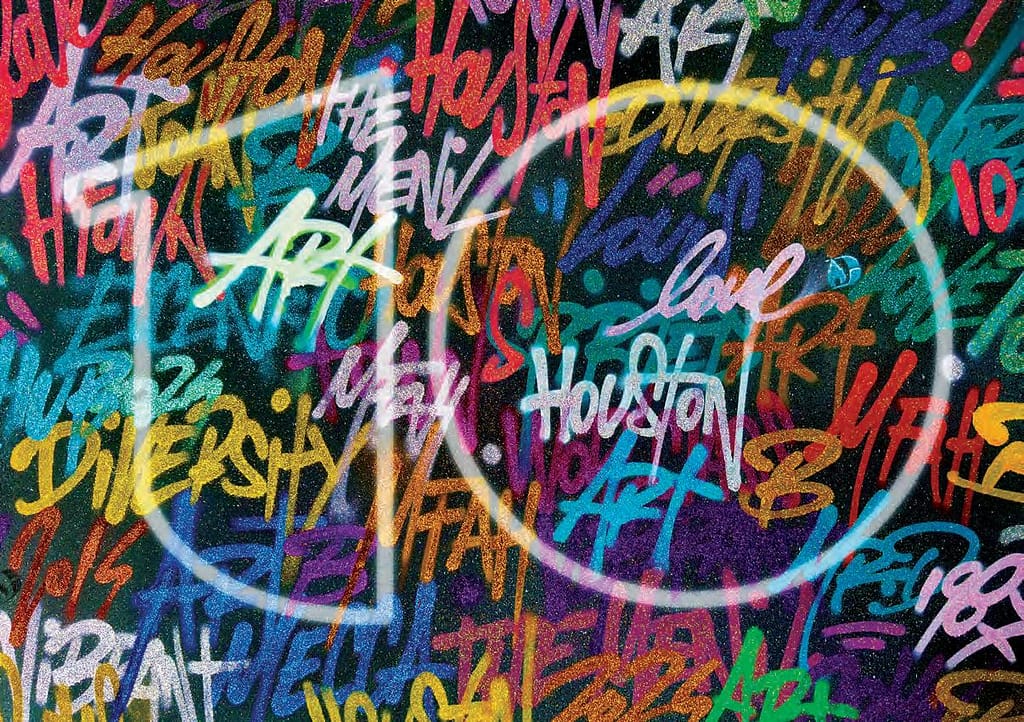
Houston, known for its cultural richness and diversity, showcases this vibrancy through its many murals scattered across neighborhoods and public spaces. These artistic works go beyond mere decoration; they capture the city’s evolving narrative, celebrating its history, diversity, struggles, and victories. The depicted events and themes in Houston’s murals mirror the cultural dynamics that shape this metropolis. This article delves into how these murals reflect the unique spirit of Houston and its residents.
Murals as Expressions of Identity and Heritage
Murals in Houston often depict scenes that resonate with the city’s diverse population. The city is a mosaic of cultures, with significant Hispanic, African American, Asian, and other communities enriching its fabric. This diversity is frequently showcased in murals that celebrate the shared and distinct heritages of these groups.
For instance, many murals include elements from Día de los Muertos, symbolizing remembrance and celebration of life. These works of art often incorporate imagery like Calaveras (sugar skulls) and marigolds, representing traditions deeply rooted in Mexican culture. Through these visual representations, murals pay tribute not only to cultural heritage but also to the ongoing influence of Mexican traditions in Houston.

Reflecting Social Change and Advocacy
Houston’s mural art is not just about celebration; it is also a tool for commentary on social and political issues. Murals that touch on themes of civil rights, equality, and community unity capture pivotal moments in the city’s history, such as the Civil Rights Movement and other activism. These pieces serve as reminders of both progress made and the ongoing work needed to foster inclusivity and justice.

For example, murals that feature figures like Martin Luther King Jr. or motifs of resistance highlight the role Houston has played as a backdrop for social change. By embedding powerful messages within their vibrant colors and intricate designs, these murals prompt viewers to reflect on their own roles in shaping the community.
Community and Togetherness
Many Houston murals are painted as collective projects, involving artists from different backgrounds and local volunteers. This collaborative spirit is reflected in the content of the murals themselves, which often depict scenes of community gatherings, festivals, and shared moments of joy. These portrayals are essential to understanding Houston’s essence: a city that thrives on unity amidst its diverse population.
Artworks that celebrate popular local events such as the Houston Livestock Show and Rodeo or cultural parades illustrate how traditions bind the community together. The visual storytelling in these murals emphasizes how events and celebrations contribute to a shared identity, fostering connections that transcend individual backgrounds.
The Role of Public Art in Shaping Urban Spaces
Houston’s murals also impact urban spaces by bringing life and character to otherwise unremarkable walls and buildings. Murals can turn a street corner into a landmark, drawing residents and tourists alike to appreciate the art and the stories it tells. The use of public art as a means of beautifying and revitalizing neighborhoods can inspire pride among community members and promote cultural tourism.
Murals often incorporate symbols unique to Houston, such as depictions of the city’s skyline or iconic features like the Astrodome. These elements, combined with creative interpretations of local stories, help build a shared sense of place that resonates with all who call Houston home.
Art as a Mirror of Houston’s Soul
Murals across Houston act as reflections of the city’s past, present, and aspirations. Through vivid portrayals of cultural events, historical moments, and daily life, these murals encapsulate what it means to live in a city as dynamic as Houston. They celebrate diversity, commemorate struggles and victories, and highlight the unity that arises from embracing different backgrounds. These works of art not only enhance the city’s visual landscape but also engage the public in understanding and appreciating the rich cultural dynamics that make Houston unique.